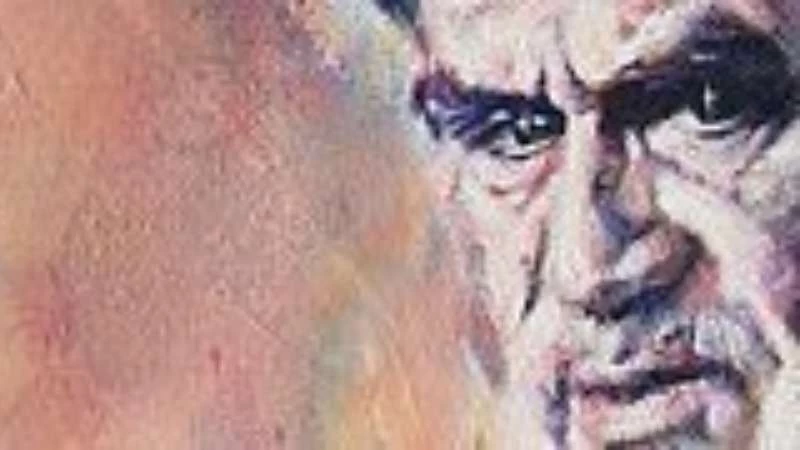In Iran, there is no such thing as a reformist, Khomeini’s doctrine is dead against that, but just now and again, when the regime needs a breathing space, it turns to taqiyya – or concealment as it is in translation, or even downright lying as it has become known in Western terminology.
Through the appearance of charming Hassan Rouhani, the world became convinced that a moderate reformist had come along to replace the bellicose Ahmadinejad, and that Iran would change its errant ways through the Iran Deal, and the freezing of its nuclear program. But even if you had a mouse of a man installed as the president in Iran, nothing would alter as far as far as political or social change is concerned, or its expansionist militaristic policies, through which the regime has been causing havoc throughout the world, with its financing, training and arming of terrorist proxies, in its quest to spread its own extreme form of Shiism across the globe.
Because the only real leader in Iran is the Supreme Leader, who comes in the form of hardline Ayatollah Ali Khamenei, who despises the West with fervour, and from the way the political scene is beginning to change once more in Iran, with Rouhani’s popularity already on the wane, and Ahmadinejad preparing himself for a comeback in the forthcoming elections in 2017, Khamenei’s true colours will soon be put on display again, as the promotion of hegemony will once more be back on the table.
As far as Iran is concerned, no sooner had Khomeini taken power; he went down the road of seeking hegemony through exporting terrorism with the use of proxy forces. This form of ideology has been carried on throughout the years, with Khamenei an enthusiastic advocate, and even with the Iran Deal in place, this failed agreement is little more than a breathing space for the West to contemplate what future terror is yet to come.
With it accepted by all leading members of the regime, including the military that Khomeini’s ideology is set in stone, Iran’s terror machine will soon be up and running again, and by this time, its leaders will be in possession of a powerful army, nuclear weapons, and long range missiles to convey them, all thanks to the Iran Deal.
But where Iran’s pursuit of nuclear weapons is concerned, they don’t actually have to be used in a theatre of war, because the Iranian regime has become exceedingly proficient at playing the bully, and it will no doubt use its nuclear arsenal as a big stick with which to instil fear into surrounding states, doing its best to persuade countries like Iraq, Afghanistan and Pakistan to join its ranks in an alliance against the West.
No real change
As long as the revolutionary mullahs are in control of Iran, you will see no real political or social change at all, as military expenditure will always be the leadership’s main priority. As far as reformist presidents are concerned, you have to look no further than Mohammad Khatami, who served as president from August 1997 to August 2005.
Khatami based his election campaign on a reformist program, which he hoped would bring about a democratic and more tolerant society, the rule of law and the improvement of social rights, all of the principals which the hardliners despised.
But it didn’t take Khatami long to realise that reform really is a dirty word as far as the hardliners are concerned, and although he ruled the government, institutions like the Guardian Council, the judiciary, the police, the armed forces, the prisons, and the combined forces of state radio and television were ranged against him, as these were firmly in the hands of hardliners.
Then after a series of fierce clashes with these ultra-conservative institutions, any ideas Khatami had of serious reforms soon melted away, as did his supporters.
The serial murders of political dissidents took place under Khatami’s watch, carried out by “so-called” rogue elements of the Intelligence Ministry, and at the time, one of his ministers was attacked and badly beaten, while others were impeached, some thrown into prison.
Then at the end of Khatami’s presidency, bills he had presented to Parliament were thrown out by the Council of Guardians, and he was forced to withdraw them. So if you enter the presidency on a note of reform in Iran, you soon find the whole system is working against you, and with Khomeini’s ghost forever haunting Iran, with his dictates kept in place by the ruling revolutionary mullahs, any form of social or political change is impossible.
Tony Duheaume (Al Arabiya English; 31 December 2016)



التعليقات (0)